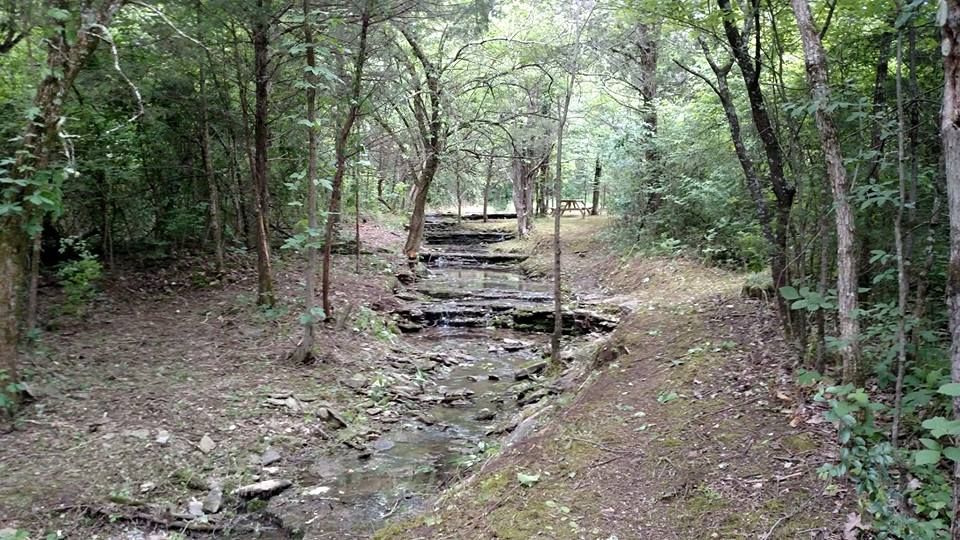
 1
1




Idle dreamer




Idle dreamer








Idle dreamer




"Where will you drive your own picket stake? Where will you choose to make your stand? Give me a threshold, a specific point at which you will finally stop running, at which you will finally fight back." (Derrick Jensen)




![Filename: lowercreek.jpg
Description: [Thumbnail for lowercreek.jpg]](/t/53556/a/39844/lowercreek.jpg)
Idle dreamer




![Filename: drainagefeatures2.jpg
Description: [Thumbnail for drainagefeatures2.jpg]](/t/53556/a/39845/drainagefeatures2.jpg)
Idle dreamer




"Where will you drive your own picket stake? Where will you choose to make your stand? Give me a threshold, a specific point at which you will finally stop running, at which you will finally fight back." (Derrick Jensen)




Idle dreamer








Idle dreamer








Idle dreamer









Idle dreamer




Tyler Ludens wrote:Thanks for that idea! In most parts of the creek it has eroded to rock, so there isn't anything to anchor t-posts into. I think the neighbor had their fence set into holes drilled into the rock.
We're going to try planting more Switchgrass, which is supposed to be nearly as stable as anchored rock.




Idle dreamer
 2
2




Idle dreamer
 2
2




Don't let perfect be the enemy of good.
 1
1




Idle dreamer
 1
1




Idle dreamer




Sometimes the answer is nothing









wayne fajkus wrote:I just watched it. Its funny how the solution for one guy is the problem for another guy(trees). Take the guy in Johnson city. The short take on his video is remove cedars and plant grass. In this video the answer is planting willows trees. I wonder what the difference/reasoning is for both.
Idle dreamer
 2
2




Casie Becker wrote:Tyler, since we just went through a period of near record flooding, it seems like a good time to ask if your driveway and road survived this time. As I remember it, less torrential periods of rain have taken both out in the past.
Idle dreamer
 1
1




John Daley Bendigo, Australia The Enemy of progress is the hope of a perfect plan
Benefits of rainfall collection https://permies.com/t/88043/benefits-rainfall-collection
GOOD DEBT/ BAD DEBT https://permies.com/t/179218/mortgages-good-debt-bad-debt
 1
1




Moderator, Treatment Free Beekeepers group on Facebook.
https://www.facebook.com/groups/treatmentfreebeekeepers/









Idle dreamer
 2
2




Idle dreamer
 3
3





 7
7




Idle dreamer
 2
2




"The rule of no realm is mine. But all worthy things that are in peril as the world now stands, these are my care. And for my part, I shall not wholly fail in my task if anything that passes through this night can still grow fairer or bear fruit and flower again in days to come. For I too am a steward. Did you not know?" Gandolf




Idle dreamer
 3
3




Idle dreamer

 1
1








 2
2




Idle dreamer
 5
5




Idle dreamer

|
She still doesn't approve of my superhero lifestyle. Or this shameless plug:
Rocket Oven plan download
https://permies.com/t/rocket-oven-plans
|







